Flowers to Seek Out at Buffalo’s Botanical Gardens
Every season at Buffalo and Erie County Botanical Gardens (or, as I lovingly call the place, Botanicus Gardenus) glows with floral happiness and happenings. In springtime, the displays are welcomed pops of color. Everything dazzles.
With hundreds of blooming varieties, every available space at the Botanical Gardens are filled with flowers.
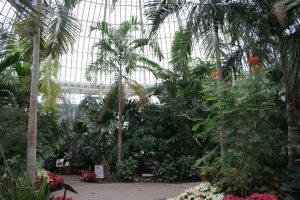
Each greenhouse at The Gardens is numbered 1-12 and highlight their own remarkable displays of Mother Nature, like the orchids and succulents. The central dome is named the Main Palm Dome and it is, technically, House 1. Before you go, you can map out your floral journey through the Botanical Gardens’ handy interactive map, found here.
Here are eleven of the most beautiful flowers and plants I found during my visit to the Botanical Gardens.
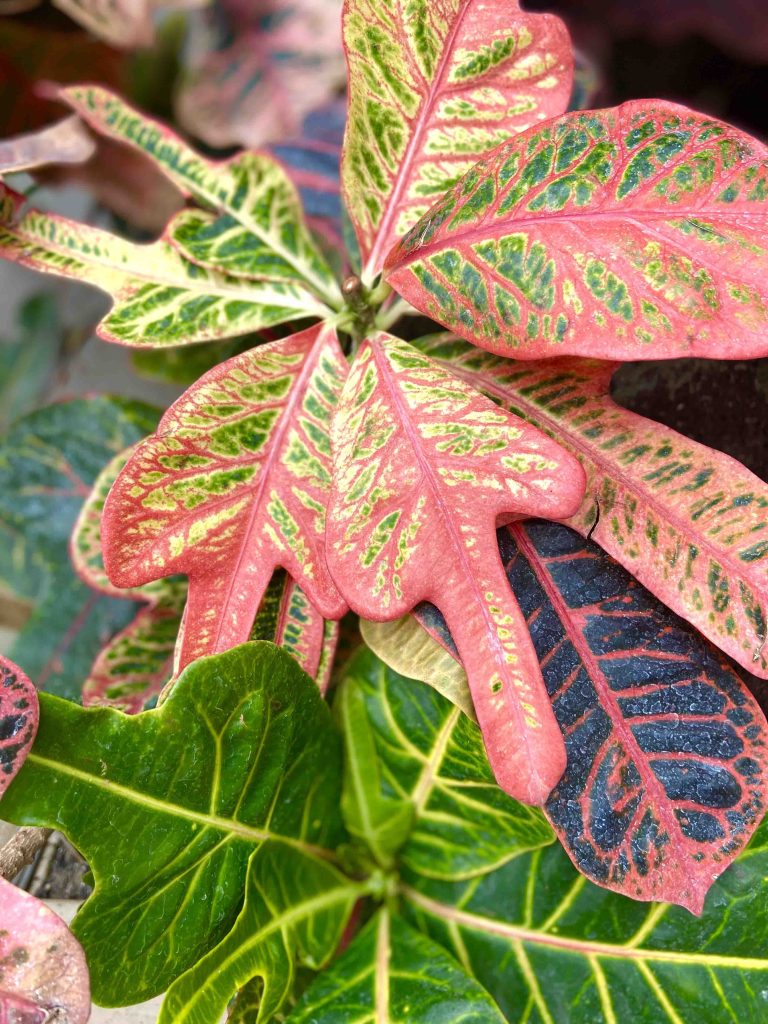
Croton
Subtle are the rose-colored stems of the plant Croton, with layers of tiny red buds resembling nascent coffee beans (Coffea Arabica cherries, officially) that open into delicate yellow and green puffs.
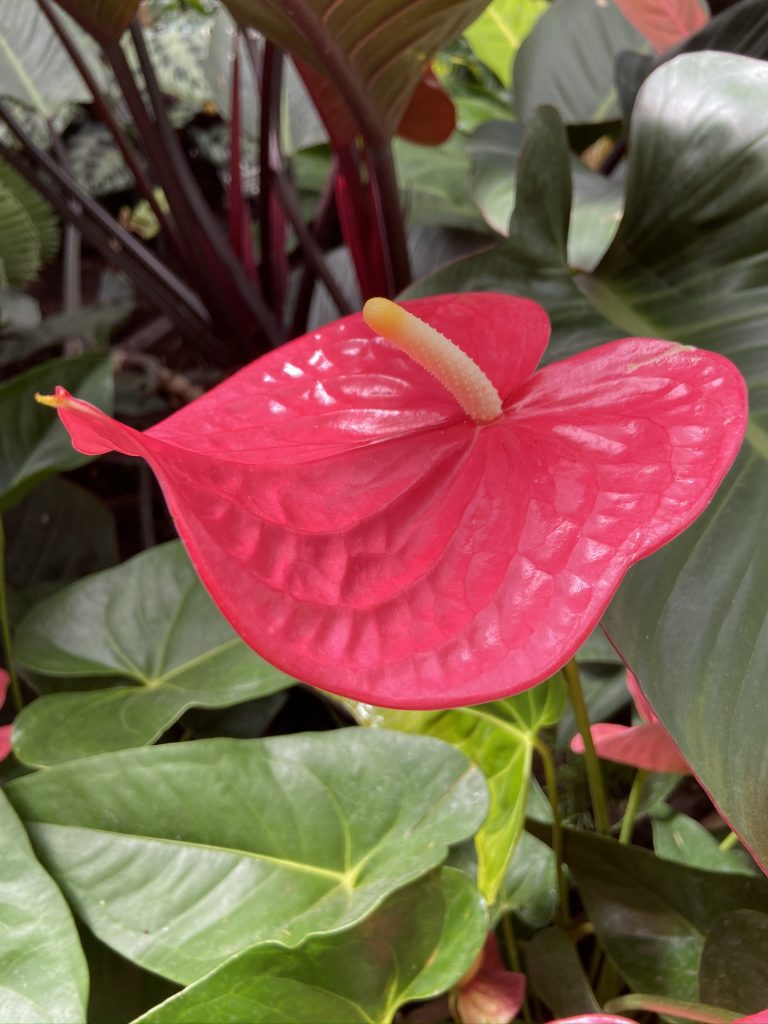
Anthurium
Another plant that is familiar to houseplant lovers, Anthurium are seen throughout the Botanical Gardens. House 12 features the Anthurium plant, which features the species’ heart-shaped leaves and signature, pink stamen and is surrounded by lush and bright green fern plants.
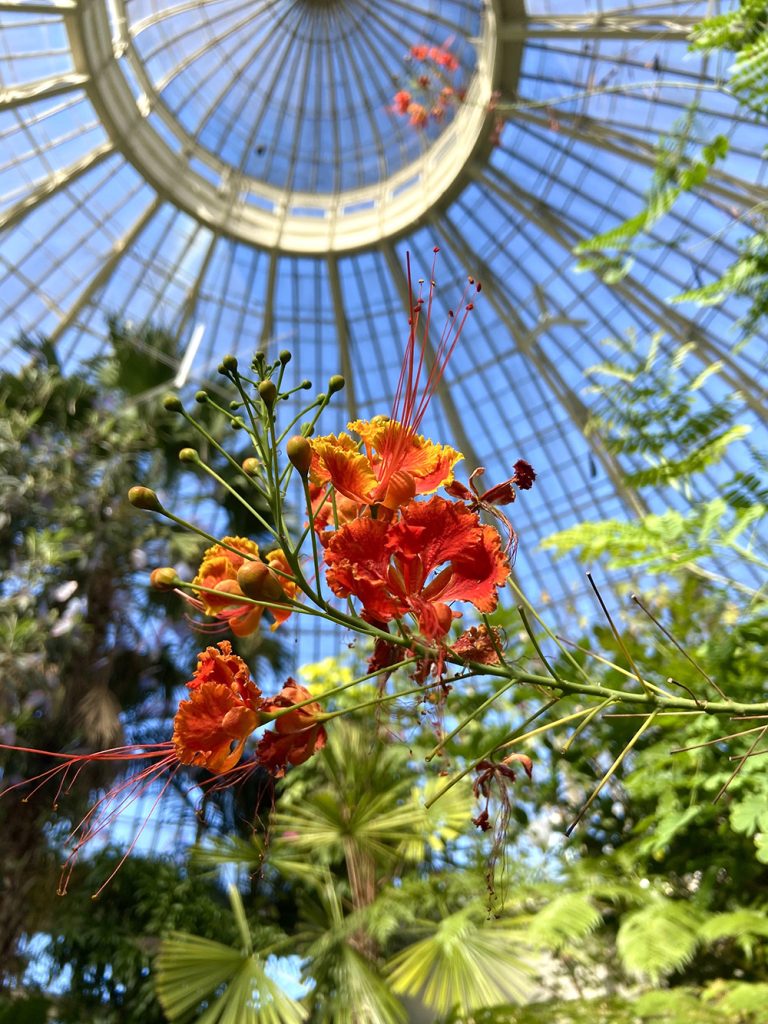
Red Bird of Paradise
This plant is a member of the pea family and is native to the tropics and subtropics of the Americas. It makes bright orange and red flowers and its branches are lined with sharp spines. This can be found in House 1.
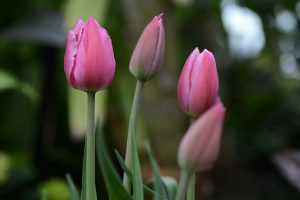
Tulip
Delicate tulips of several hues are seen throughout The Gardens.
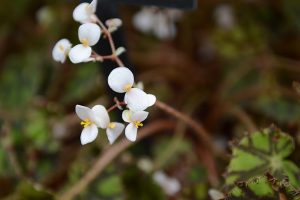
Begonia
For some extraordinarily beautiful blooms, head into House 6 to see several potted plants of delicate begonias. Begonias are primarily grown for their leaves which come in a variety of different colors and shapes. There are many different species of begonias—over 1,700! Begonia plants produce separate male and female flowers on the same plant. While they can be grown from seed, begonias are most often propagated through cuttings.
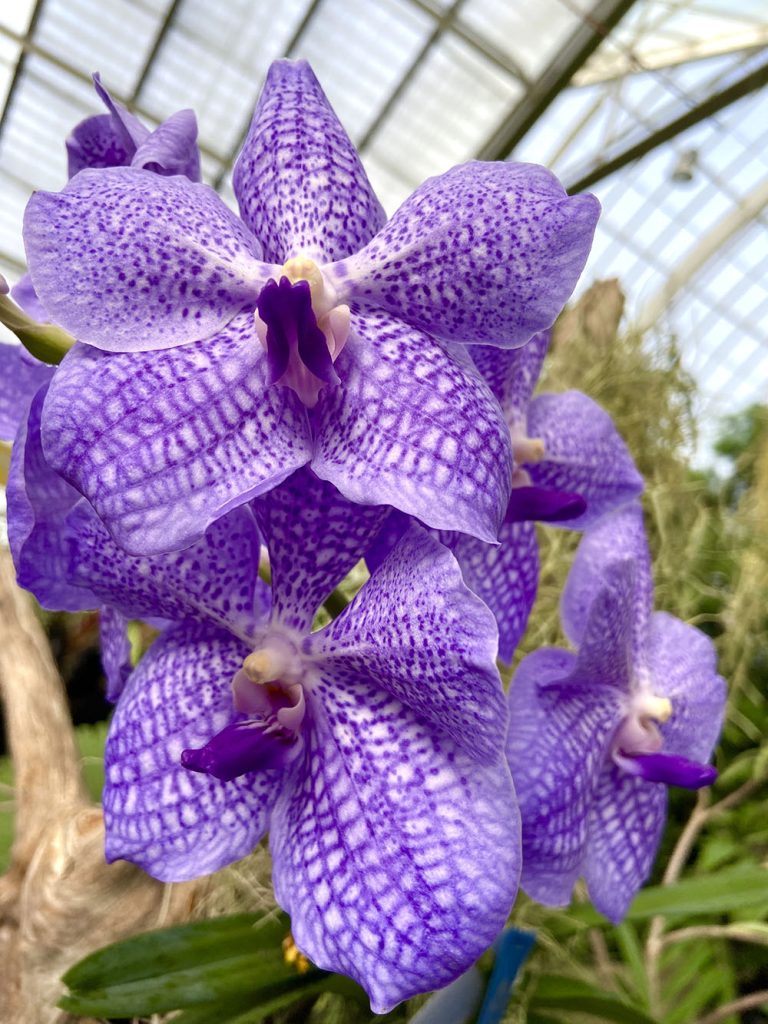
Orchid
The orchid varieties, in House 8 – a.k.a. The Orchid House, are complex flower built to catch raindrops. All orchids belong to the family Orchidaceae, one of the largest of all the plant families. There are 20,000 to 30,000 named orchid species spread over several hundred genera; and there are countless orchid hybrids. Orchids grow on every continent except Antarctica.
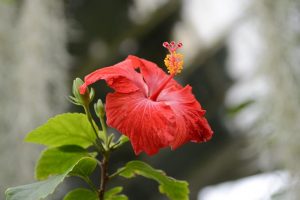
Hibiscus
The beautiful flowering hibiscus tree, spotted in Wegmans Family Garden.
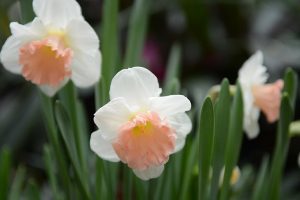
Daffodil
The Botanical Gardens features thousands of flowering bulb plants, including varieties of daffodils.
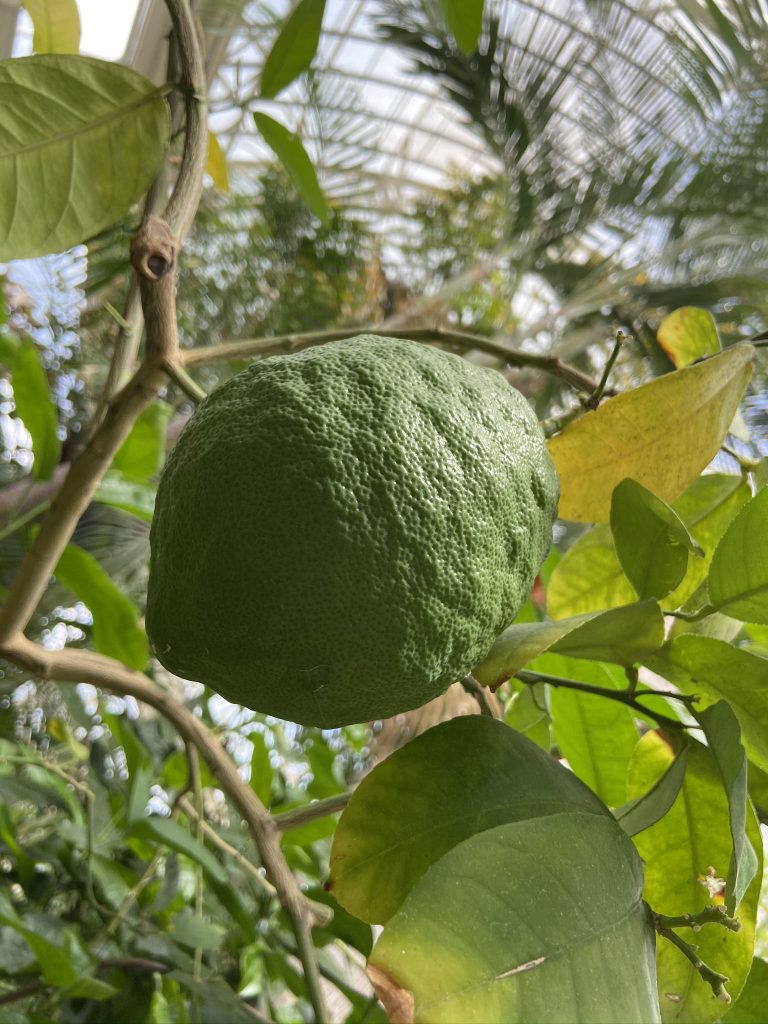
Ponderosa Lemon Tree
This plant is a hybrid of two different types of citrus plants: a lemon and a citron. The ponderosa lemon produces small, white, lemon-scented flowers that produce fruit. The fruits grow very large. Under the right conditions, they can grow to weigh as much as 1-2 pounds. That’s as much as 4-8 regular sized lemons!
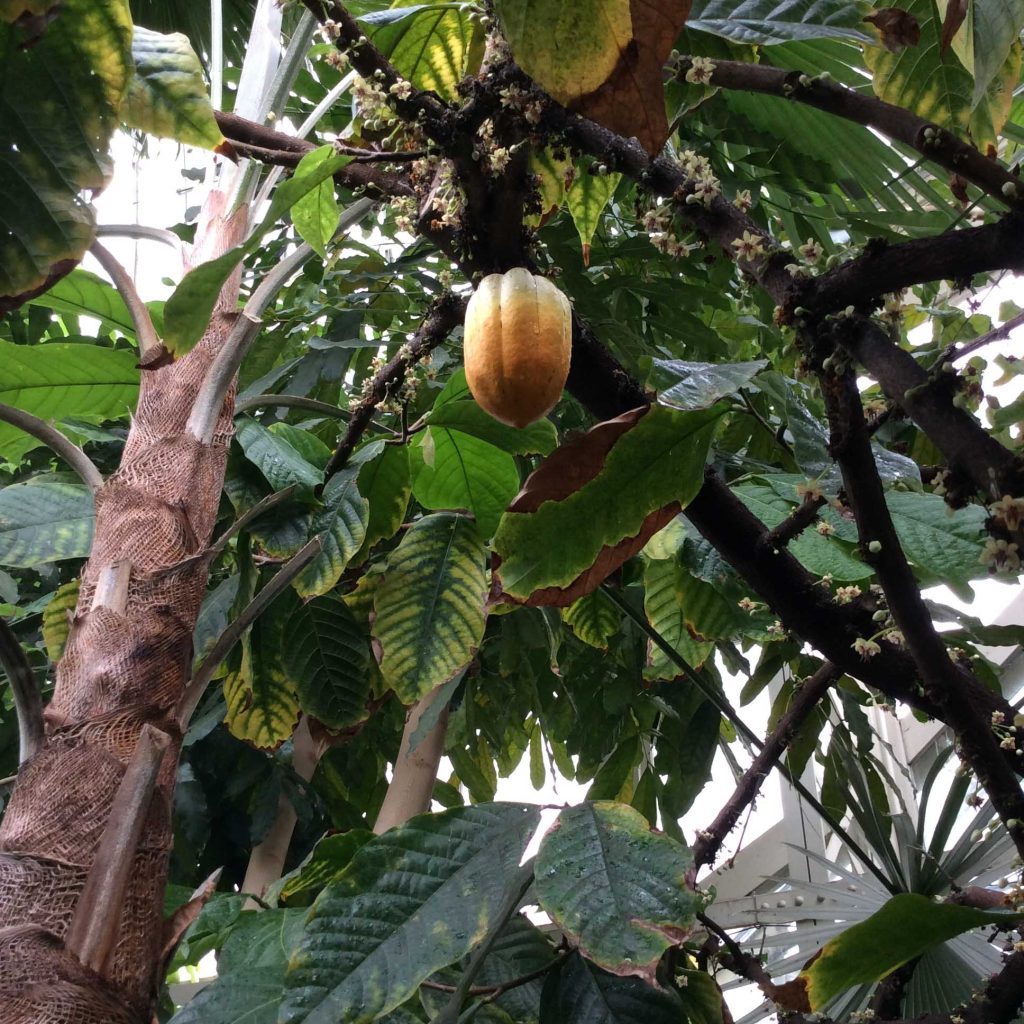
Chocolate Tree
This tree produces one of the world’s most delicious products—chocolate! Chocolate trees are native to the rainforests of Central and South America. They produce small pinkish-white flowers that bloom directly on the bark of the tree trunk and branches. In order to make fruit, these flowers need to be pollinated. Here at the Botanical Gardens, they pollinate them by hand!
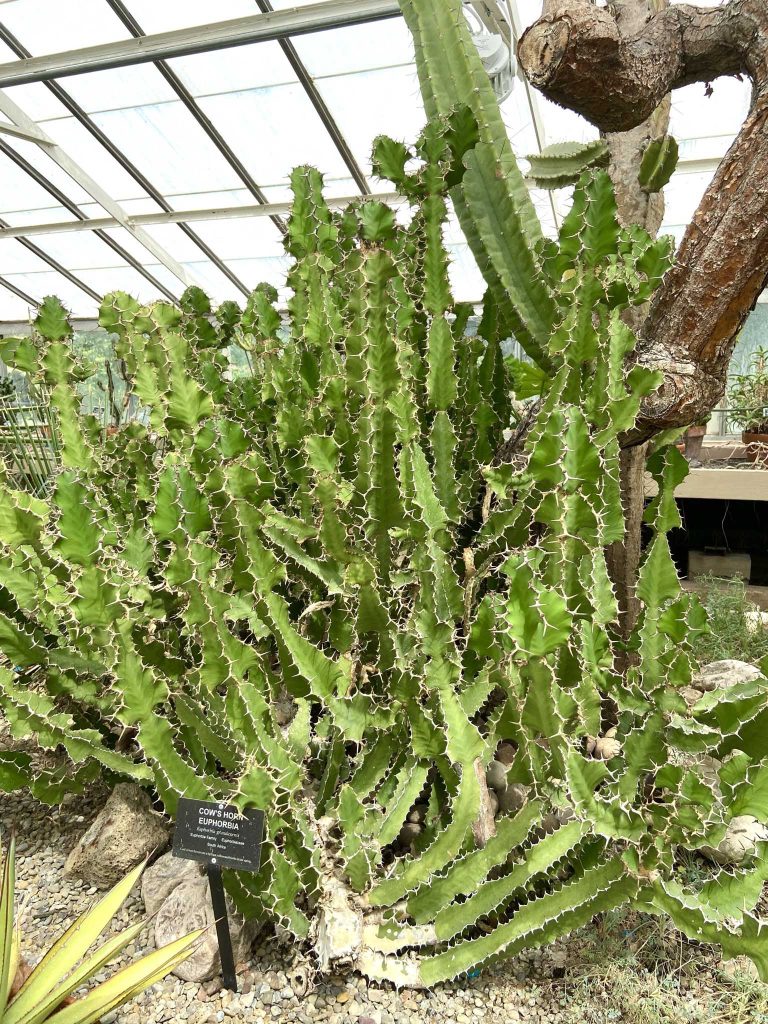
Euphorbia
Euphorbia are an extremely large and diverse genus of flowering plants with over 2,000 species. Euphorbia from the deserts of Africa and Madagascar have evolved with physical characteristics and forms similar to cacti in the Americas. Due to similar shapes and their spines, they are often mistaken for cacti species. All euphorbia species have a poisonous, milky, white, latex-like sap inside their leaves and stems.

